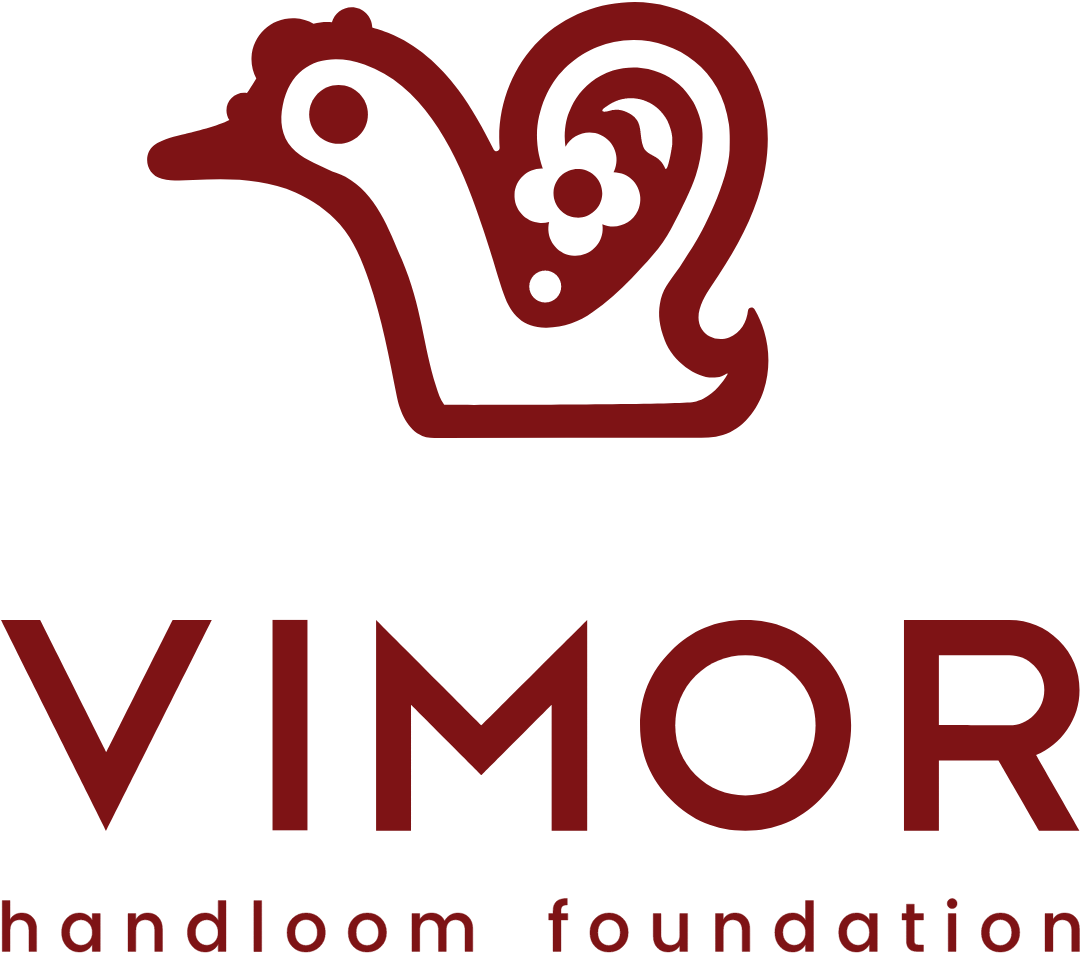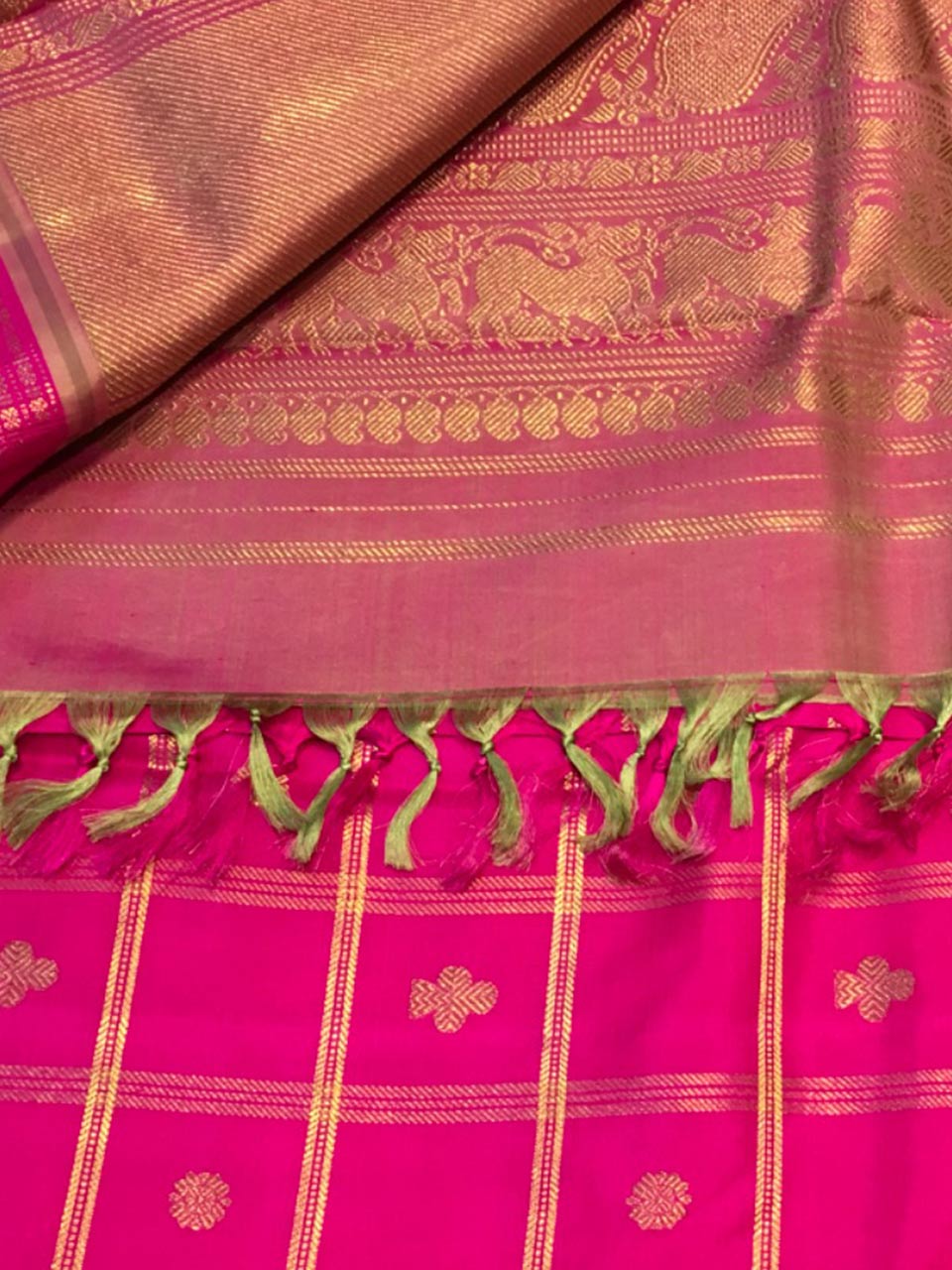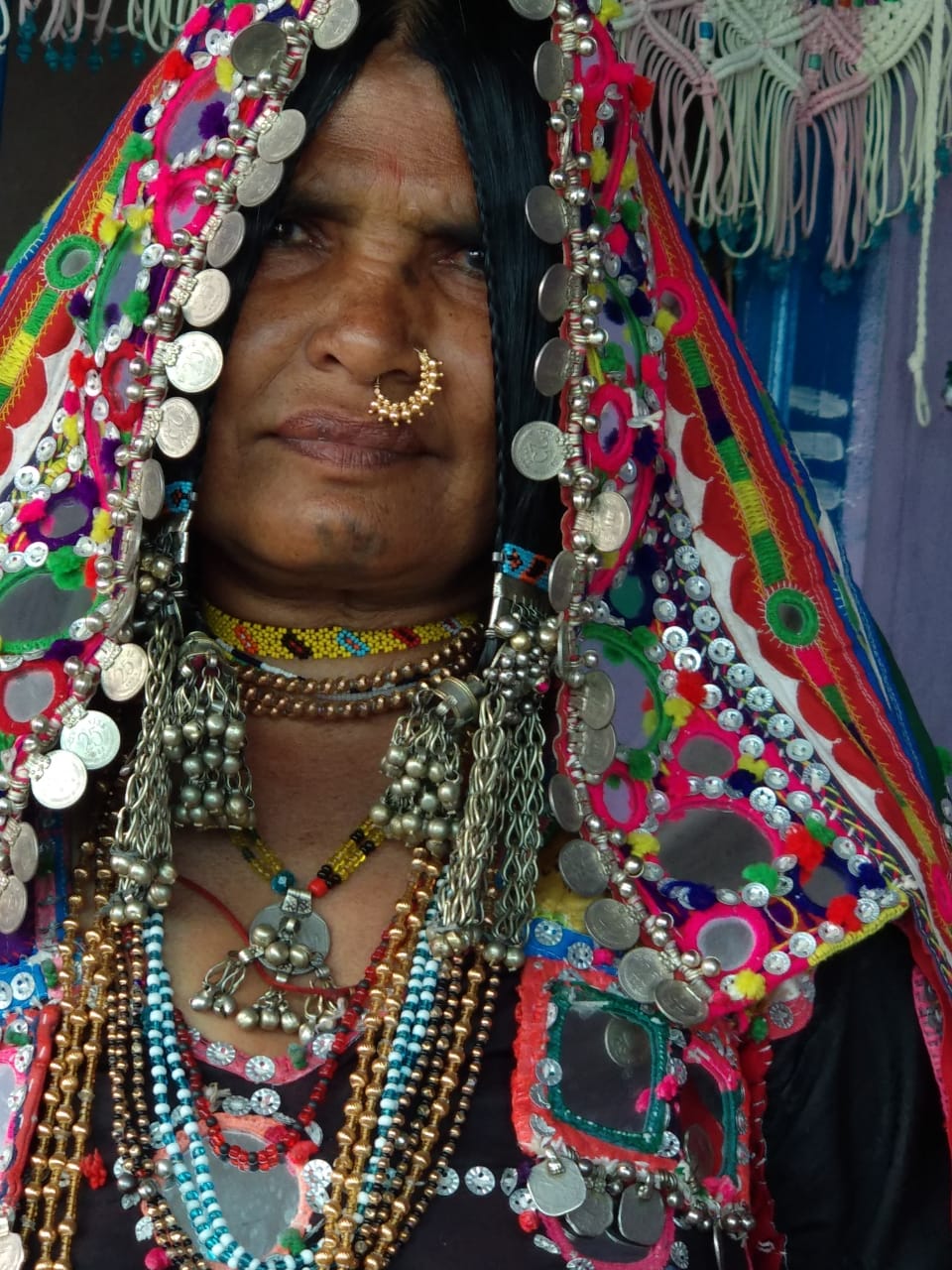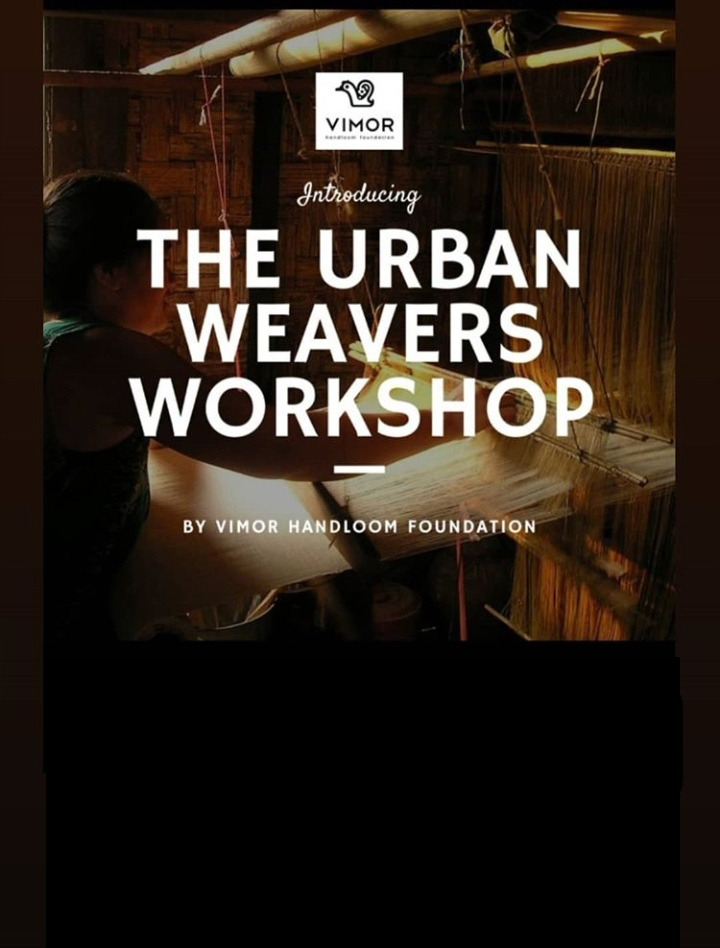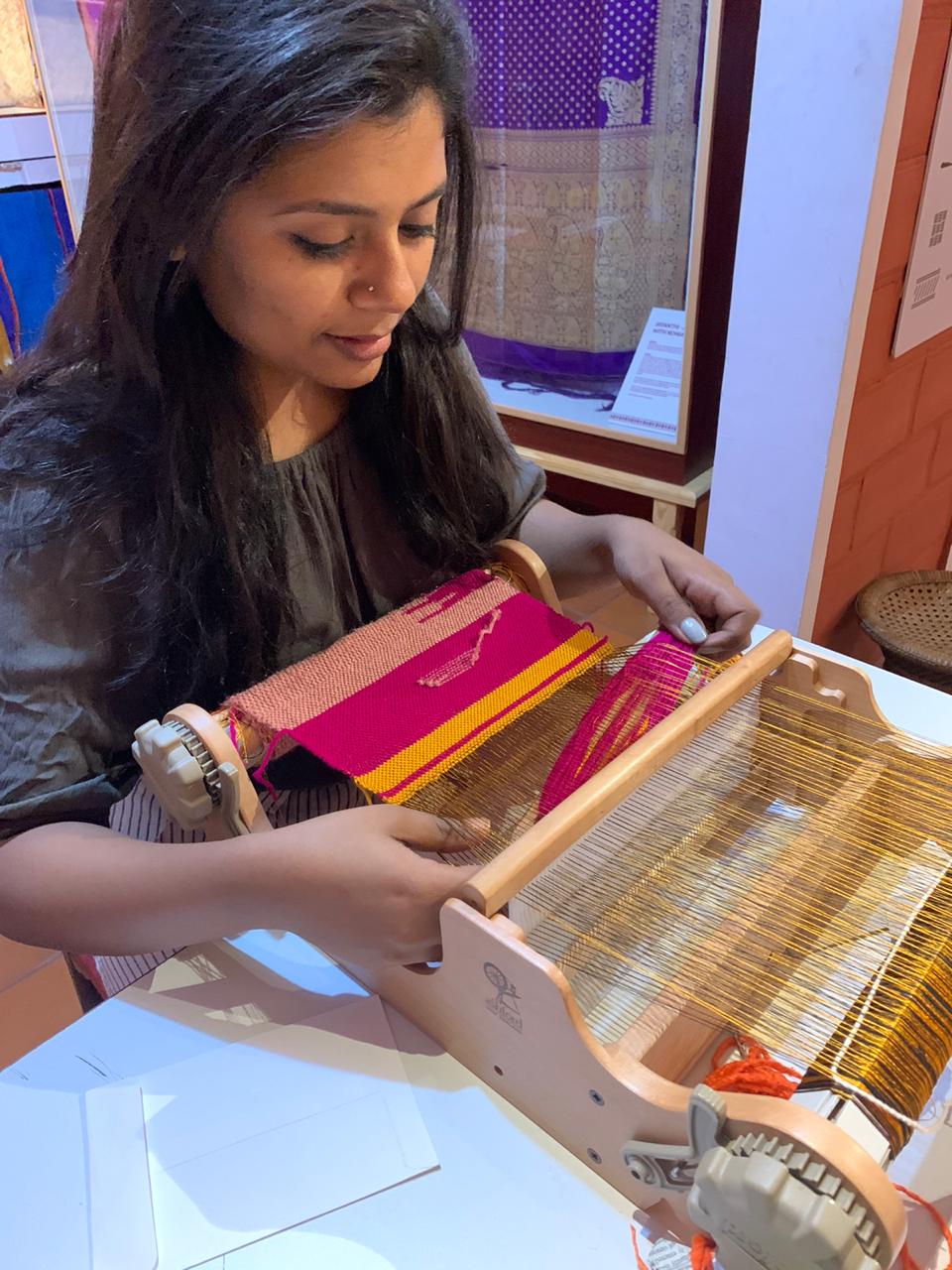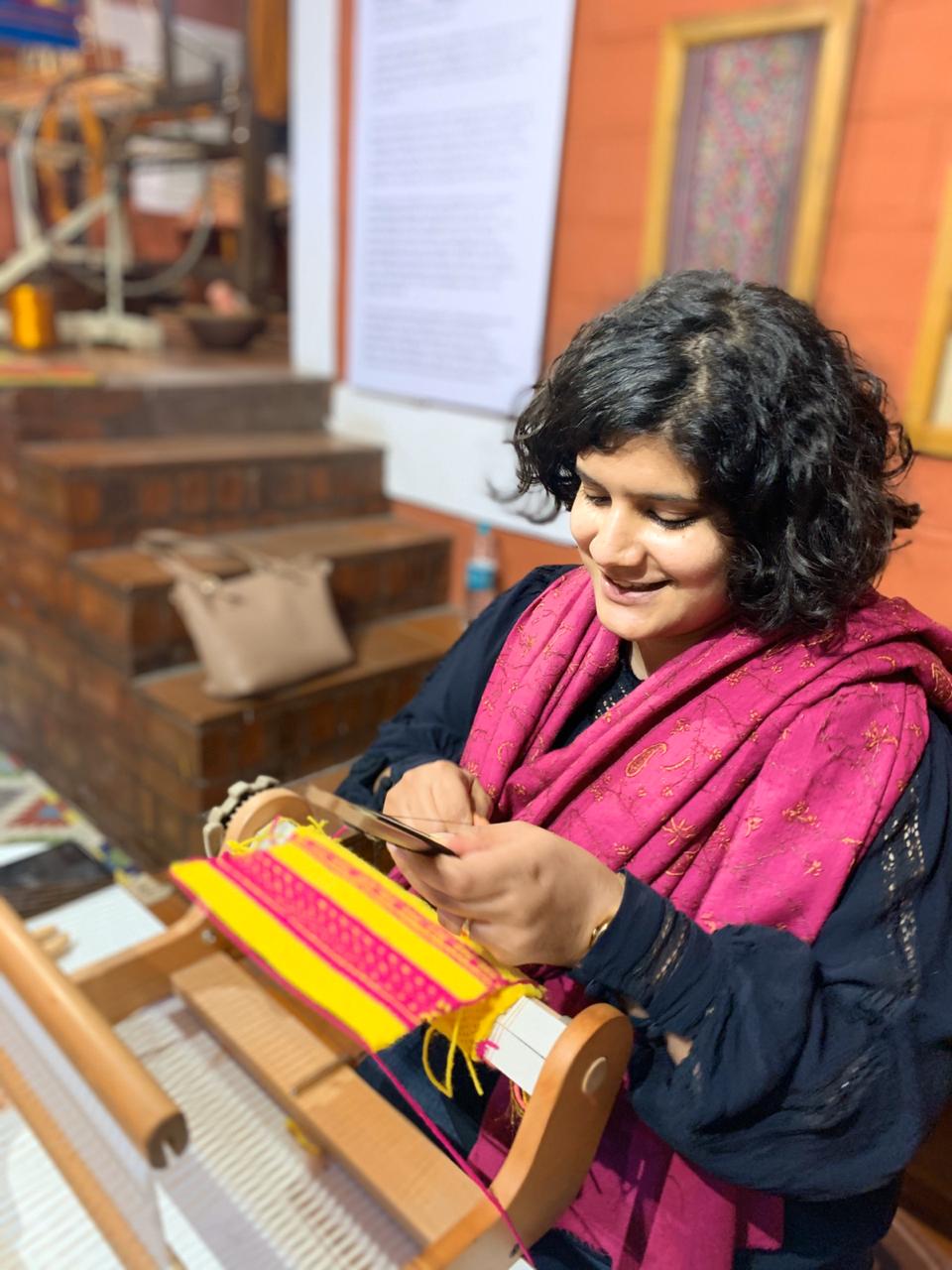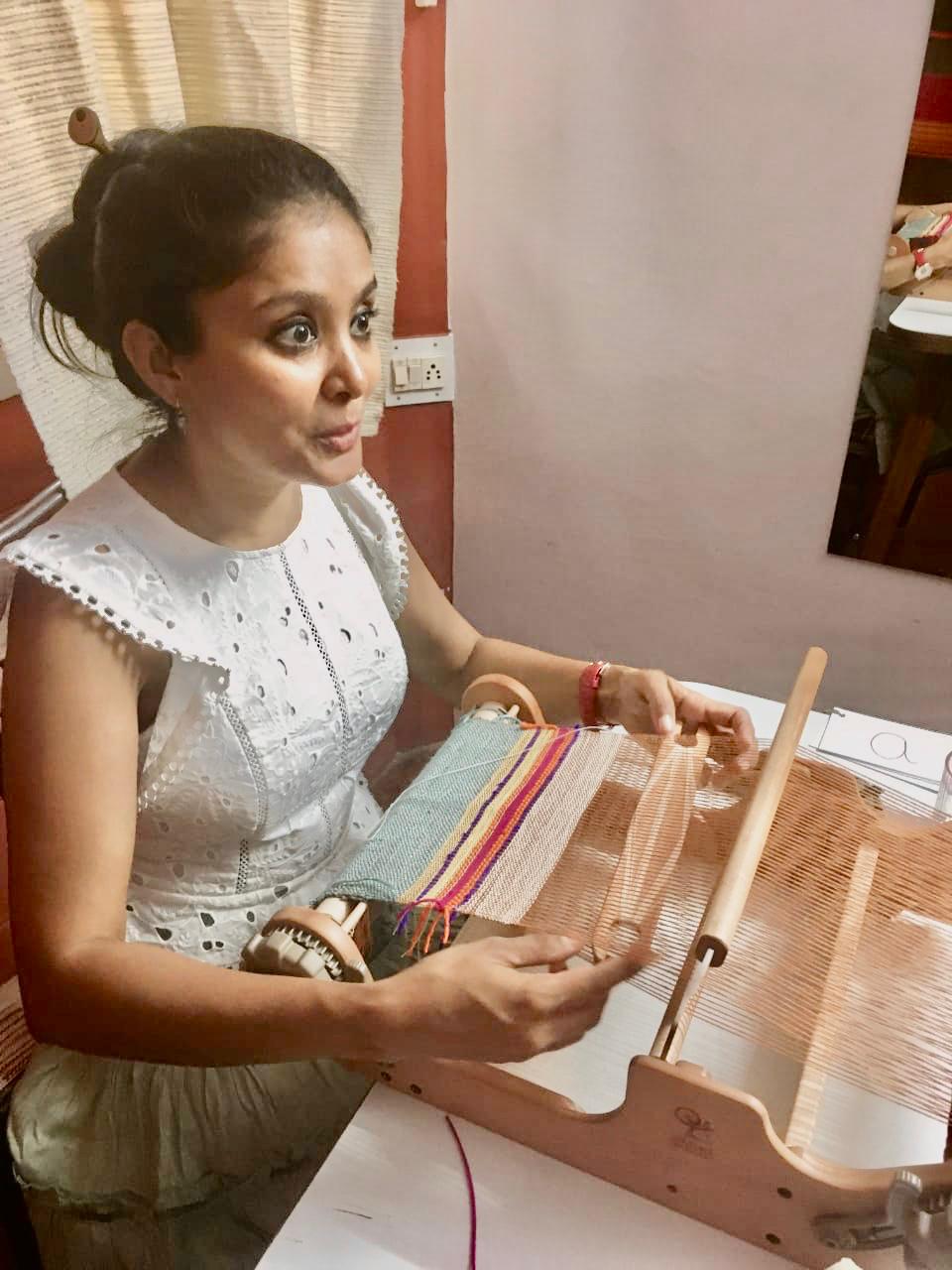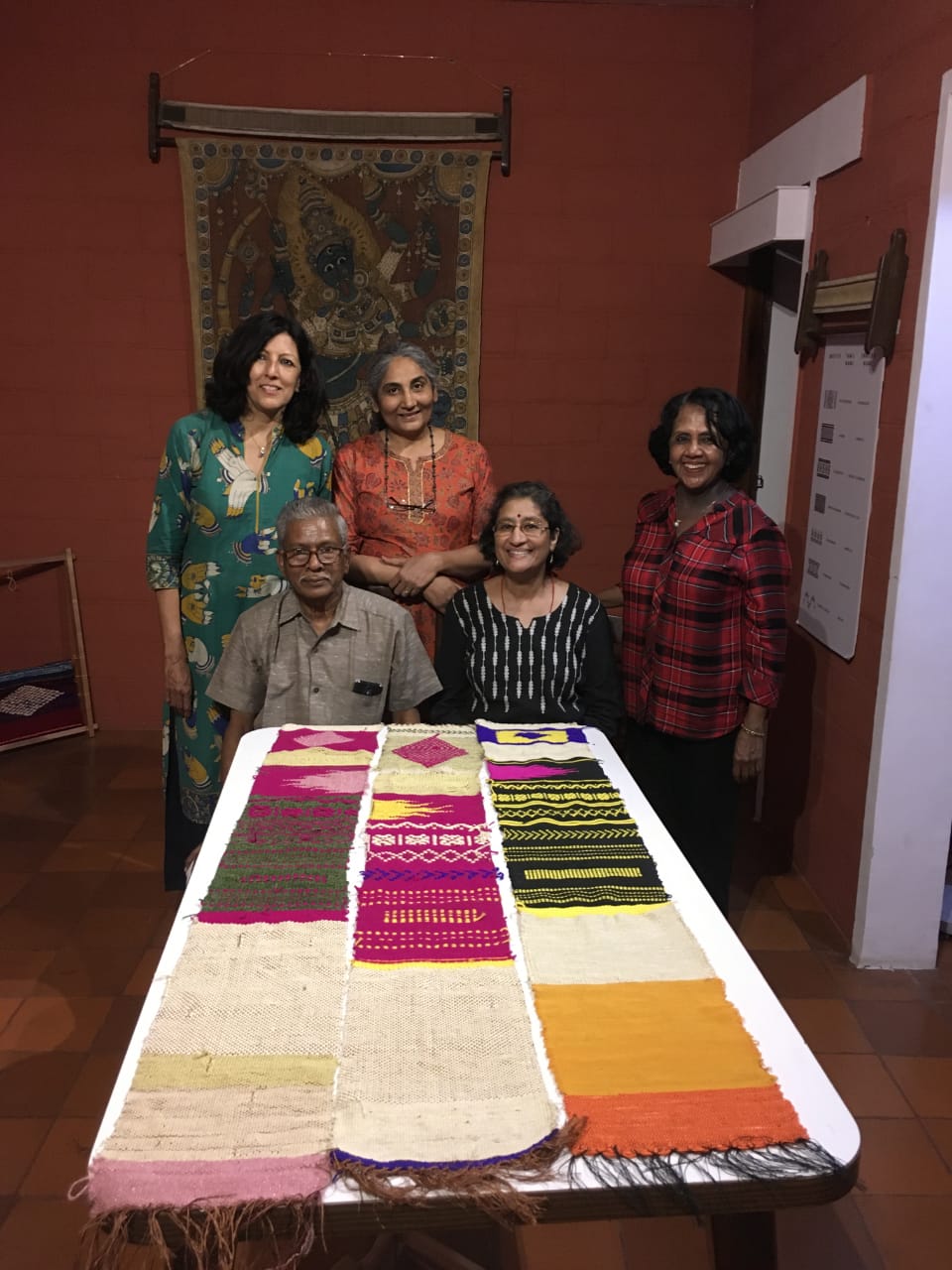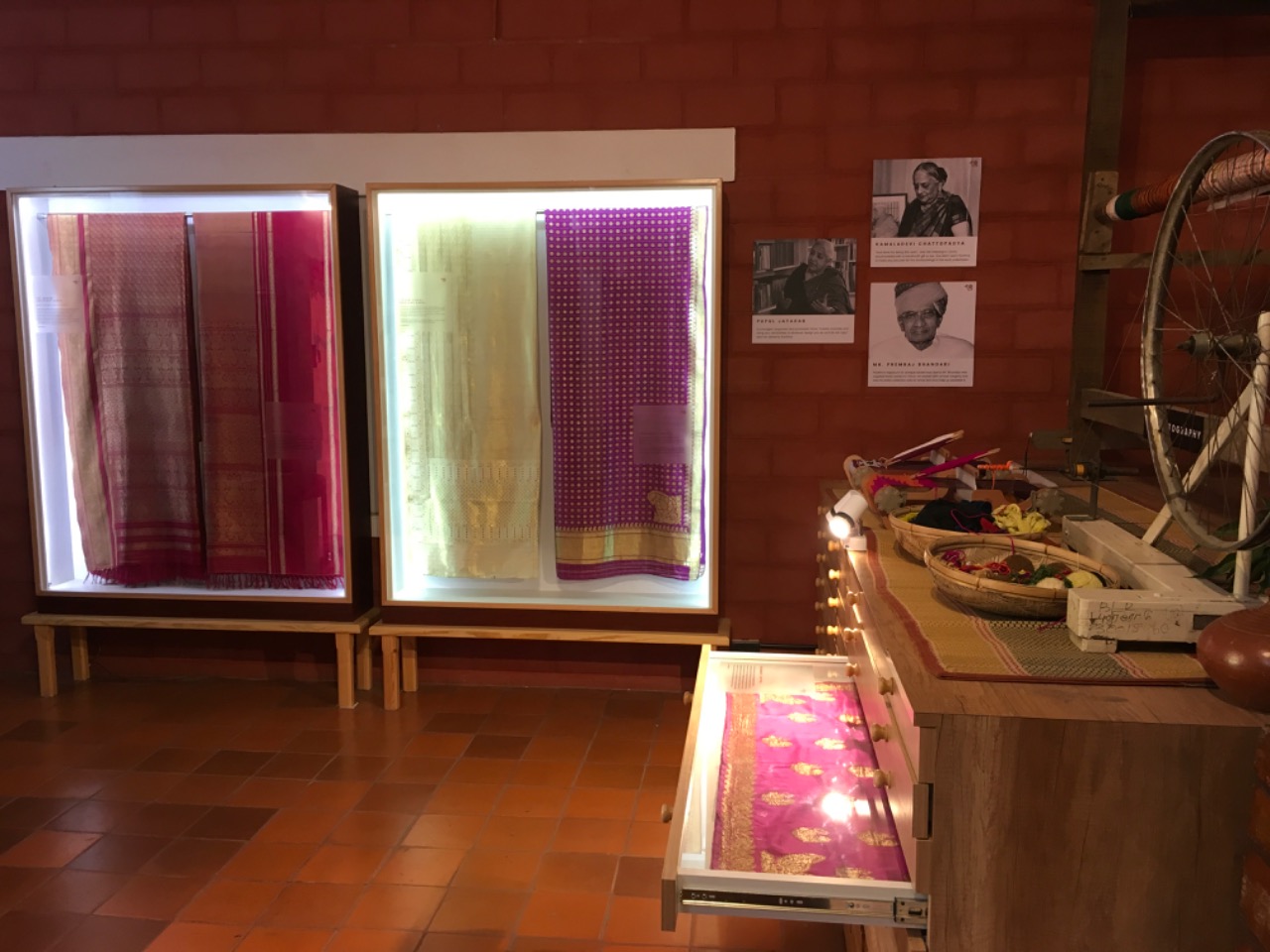Textile Tourism
Through the rich oral tradition of story-telling, the museum aims to preserve and hand down design stories to future generations to relive their grandmother’s legacy.
Textiles of India are clearly a great example of unity in diversity. The museum would preserve and showcase antique textile designs and heirlooms owned by people across India. Most Indians have an emotional connection with sarees, be it holding their grandmother’s pallu or sitting on their mother’s lap. The hidden stories on the weaving techniques and designs inspired from the weaver’s environment like animals, flowers, jewellery and food are very enlightening. The design and weaving techniques and colours varied according to the region, climate and culture of the place. The migration of the weaving communities, trade and commerce across borders led to assimilation and evolution of new patterns, adding beauty to the textiles. Through the rich oral tradition of storytelling, the museum aims to preserve and hand down these stories to future generations to revive or even relive their grandmother’s legacy.
The session will include the following:
- Brief introduction to the non-profit’s mission: why conserve handlooms and how does it empower the contemporary artisan?
- Touch and feel different types of yarns, and understand how these yarns combine to create fabrics of different textures.
- Try your hand at a loom to weave a few threads together.
- Guided tour of the non-profit’s museum. See and understand speciality weaves, designs, and the myths and stories associated with them
- Try on Indian fabrics for yourself: saris for women, lungi and Mysore peta (turban) for men.
